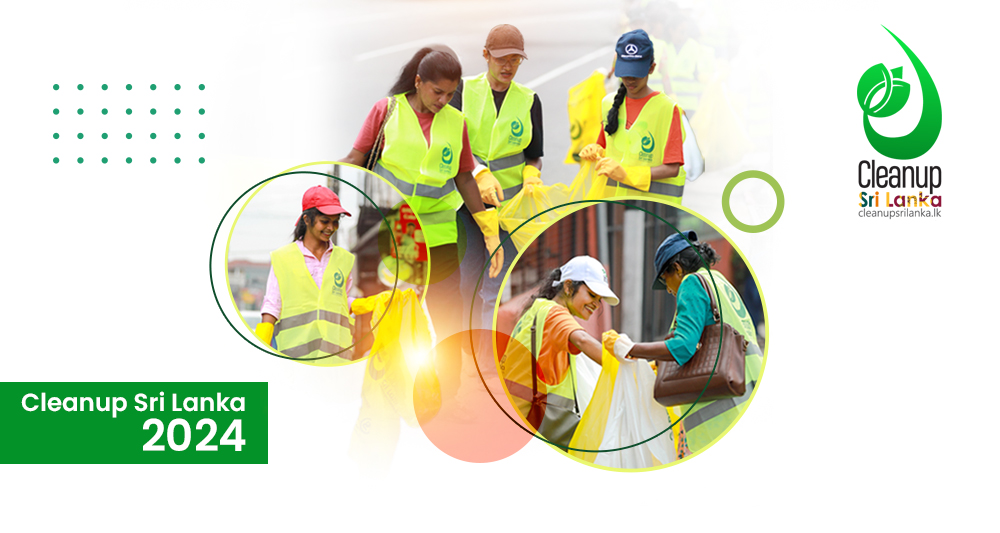STATUS OF WASTE MANAGEMENT IN SRI LANKA

Given the recent calamity at Meethotamulla and the ill-advised decision to dump garbage in Muthurajawela, a wetland sanctuary under the Fauna and Flora Ordinance, it is useful to consider the background to waste management in Sri Lanka.
Sri Lanka generates 7000MT of solid waste per day with the Western Province accounting for nearly 60% of waste generation. Each person generates an average of 1-0.4kg of waste per day. According to the Waste Management Authority and the Central Environmental Authority, only half of the waste generated is collected.
Responsibility of waste management
Waste collection and disposal responsibilities are vested with the local authorities of the particular Divisional Secretariat, either a municipal council (as per the Municipal Councils Ordinance -1947), urban council (Urban Councils Ordinance – 1939) or local council (Pradeshiya Sabha Act – 1987). Provisions related to waste management and disposal, are made under the National Environmental Act No.47 of 1981 and Public Nuisance Ordinance.
There are a myriad of institutions concerned with waste management at different stages, including the Ministry of Local Government and Provincial Councils, Ministry of Mahaweli Development and Environment, Ministry of Megapolis and Western Province Development, Central Environmental Authority, Urban Development Authority, National Solid Waste Management Support Centre, Western Province Waste Management Authority, Local Authorities.
Current status
For the last 20 years or so, government institutions have attempted to figure out the best waste management strategy for the country. While some policies and actions supported sanitary landfills, some initiatives were driven towards waste to energy projects. In 2008, CEA initiated a 10 year Waste Management Programme named “Pilisaru Programme” with the goal of “Waste Free Sri Lanka by 2018”. Unfortunately the lack of a unified coherent strategy has led to inconsistent and ineffective practices.
The failure to address this escalating issue in a timely manner resulted in unsanitary eye sores in Karadiyana, Bluemendhal, Meethotamulla, Kolonnawa, and the degradation of wetlands, coastline, rivers and other streams which become dumping sites for plastic and polythene waste, and other mixed waste. With mountains of garbage accumulating at Bluemendhal and Meethotamulla, on the 14th of April, Sinhala-Hindu New Year dawned with the burst of Meethotamulla garbage mountain, killing 30 people and destroying more than 100 houses.
Identifying reasons



